E-bikes, e-scooters & electric scooters road approval in Switzerland and other legal issues
In this article you will learn the most important facts about electric scooters and e-bikes on Swiss roads and which requirements must be met for a Swiss road permit.
More and more e-scooters and e-bikes can be found in everyday life, which raises the question of the legal aspects for one or the other. In particular, anyone thinking about purchasing an e-bike or e-scooter should inform themselves about the legal basis.
E-scooters, electric scooters & e-bikes in Swiss traffic
Electric scooters and e-bikes with a maximum speed of 20 and 25 km/h, respectively, are considered light motorcycles and are treated as equal in law. In Swiss road traffic, such vehicles are absolutely equal to classic bicycles, provided they have a road permit. This means that you can also use the cycle paths available to every cyclist with your e-scooter and e-bike. Cycle paths are even mandatory for all bicycles and mopeds if they run parallel to the road.
A street-legal e-scooter or e-bike up to 20 km/h or 25 km/h, respectively, with pedal assistance, is allowed to ride at walking speed in a pedestrian zone with the sign "Cyclists allowed". A fast e-bike with pedal assistance up to 45 km/h, but only with the drive switched off. Since the normal walking speed of an adult in pedestrian zones is about 3-4 km/h, e-bikes and e-scooters should not be driven faster than 5-6 km/h.
In order for your e-bike or electric scooter to have a road permit, i.e. to be allowed to drive on Swiss roads at all, the vehicle must meet the official ASTRA specifications. FEDRO is the Federal Roads Office, which has established clear guidelines for the approval of light motorcycles such as electric scooters and e-bikes.
The specifications for e-bikes, e-scooters & electric scooters of ASTRA in brief
If you want to use your e-scooter or e-bike in Switzerland, the vehicle must meet the ASTRA requirements for light motorcycles. If it meets these requirements, it is automatically approved for Swiss road traffic. A road permit in the form of a certificate or ID card is not issued, nor is a type approval required.
These are the requirements your e-bike or e-scooter must meet to be approved for road use:
Power and top speed
-
500 watt motor
-
Maximum speed (20 km/h, 25 km/h with pedal assistance)
Lighting
-
Taillight & Front Light
-
Turn signals are allowed if they have a minimum distance of 24 cm in front or/and 18 cm in the rear
Brakes
-
brakes on both wheels (one of them must be a disc brake)
Weight of the vehicle
-
Max. 200 kg
Where can it be driven?
-
Dangers are allowed only on areas for vehicle and bicycle traffic, i.e. on the road or bike path. Driving on the sidewalk is prohibited.
Fast e-bikes and electric scooters
Further requirements apply to fast e-bikes (pedelecs) and electric scooters. If these offer a maximum speed of 25-30 km/h, pedal assistance of up to 25 km/h-45 km/h or a power output of between 500 and 1000 watts, they are considered mopeds and must therefore be type-approved. This means that such a vehicle is thoroughly tested by the competent authority. If it meets all the requirements, this type of vehicle receives approval (type approval) and is thus permitted for Swiss road traffic. When purchasing the vehicle, the buyer receives a vehicle registration certificate, with which he can apply for a yellow moped control plate and a moped vignette. Which must be renewed annually and includes liability insurance. In contrast to slow e-bikes and e-scooters, helmets are compulsory on Swiss roads.
(Although it is possible for a private individual to apply for type approval for a single vehicle and thus obtain Swiss road approval, this involves costs of up to ten thousand francs).
What is the maximum design speed and the maximum speed with pedal assistance?
Decisive for Swiss road approval are the design speed and the maximum speed with pedal assistance. The maximum design speed is the maximum speed that the vehicle can reach in pure electric mode on a level, straight road. Thus, electric vehicles without a throttle button or throttle grip have a design maximum speed of 20 km/h. There is an unspoken tolerance of up to 25 km/h. For electric vehicles such as e-bikes, maximum speeds apply with pedal assistance. This means that the electric motor provides additional pedal assistance - but only up to a specified speed. Motor and muscle power work together.
Who is allowed to drive e-scooters and e-bikes?
-
Anyone wishing to ride an electric scooter in Switzerland must be at least 14 years old. This is the basic requirement for using a lightly motorized bicycle such as a slow e-bike or e-scooter.
-
From 14 to 16 years a moped license is required (license G or M).
-
After the age of 16, young people no longer need a driver's license.
There is no obligation to wear a helmet. However, manufacturers and experts alike recommend wearing a helmet.
Do e-scooter and similar need to be insured?
-
Light motorcycles, i.e. electric scooters and e-bikes with a maximum speed of 20 and 25 km/h respectively, are not subject to compulsory insurance.
-
If you have taken out personal liability insurance, it covers damage and accidents just like a normal bicycle.
-
S-pedelecs, fast e-bikes and electric scooters are subject to insurance. Liability is paid via the moped vignette, which must be renewed every year.
What vehicles does TWHEELS sell?
TWHEELS sells only electric vehicles that meet the extensive requirements of ASTRA & which drive without a driver's license, additional insurance & up to a maximum speed of 25 km/h.
Click here for the TWHEELS e-bikes and e-scooters - all with Swiss road approval.
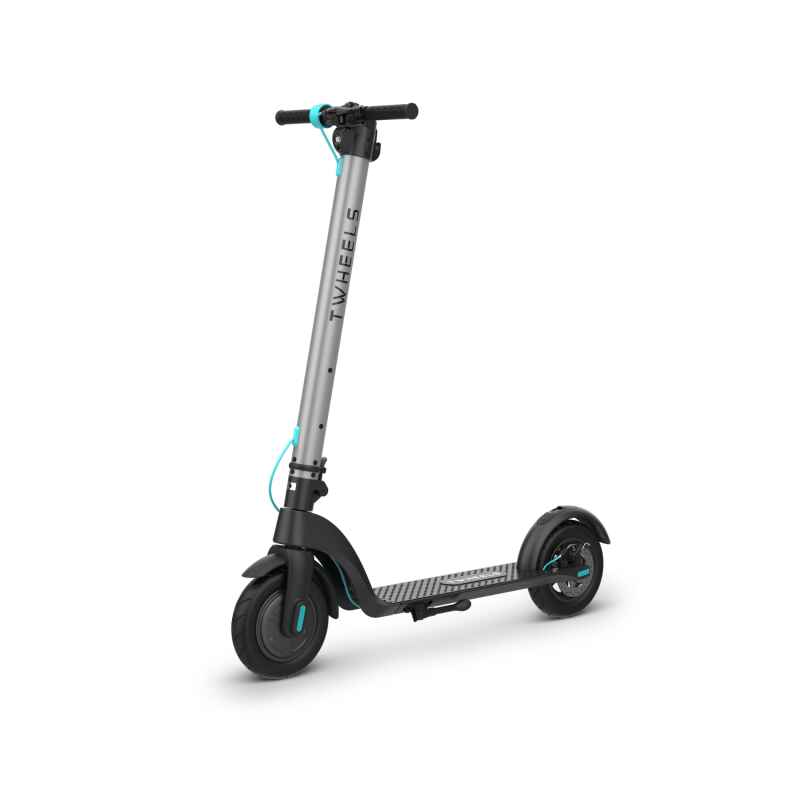
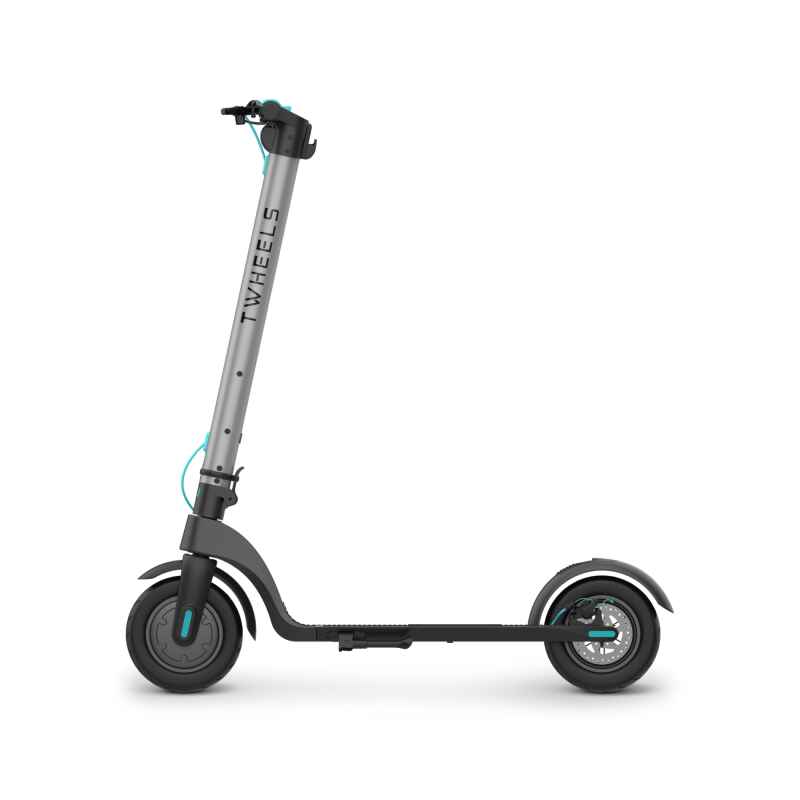
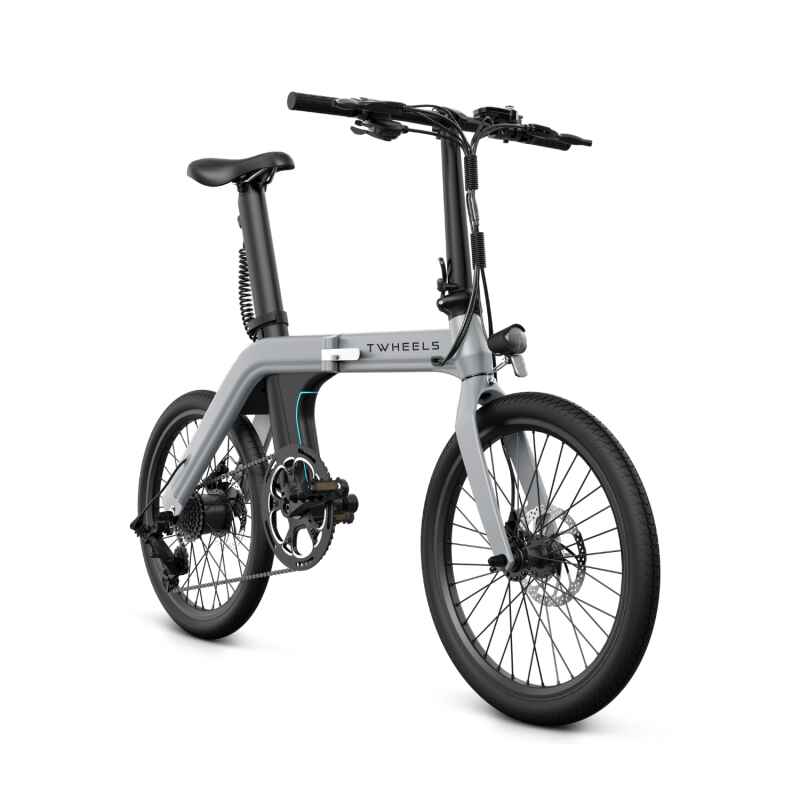
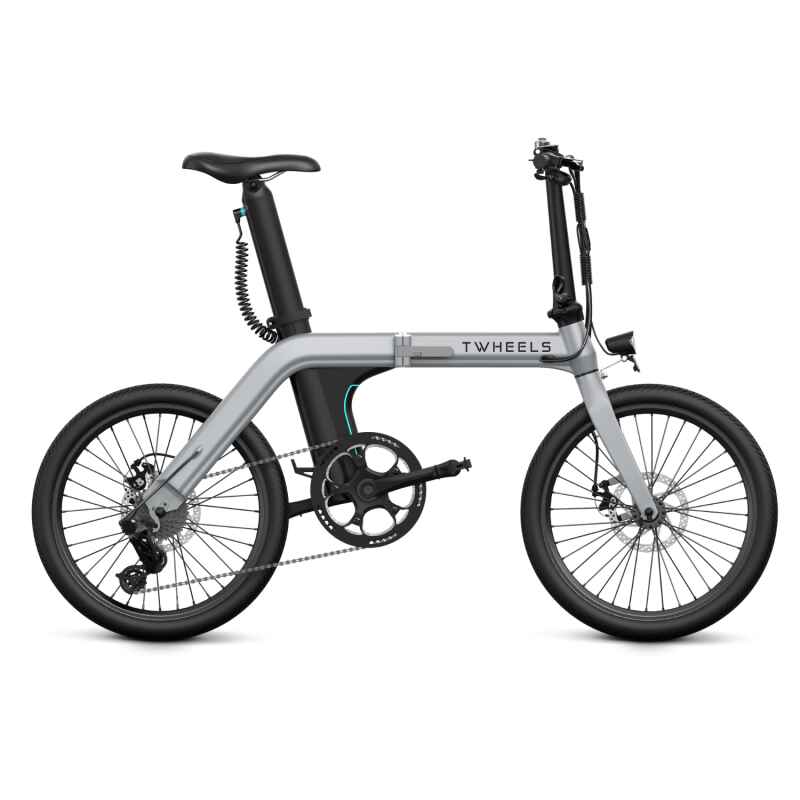
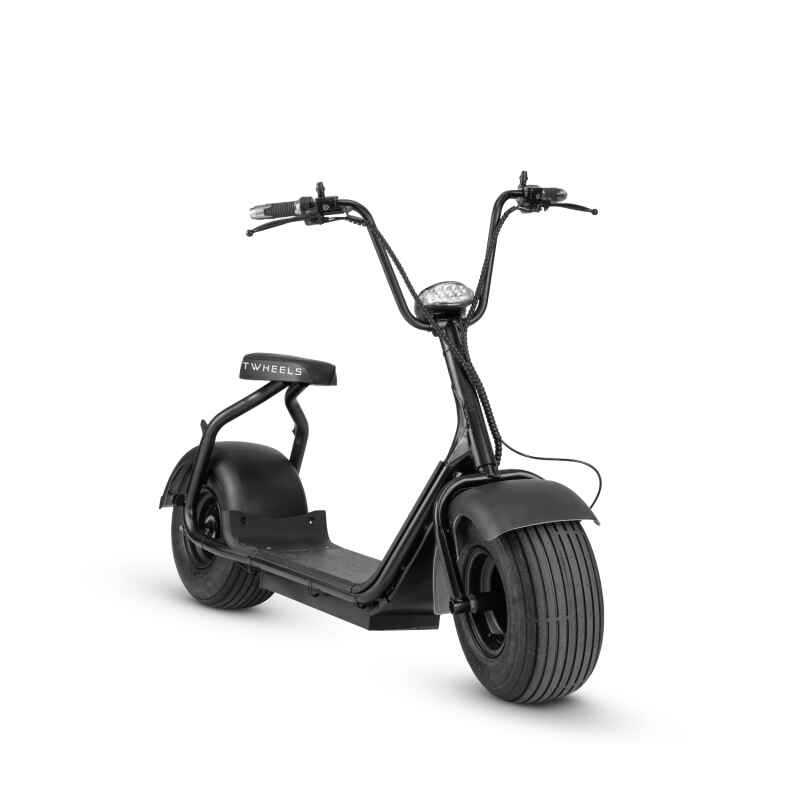
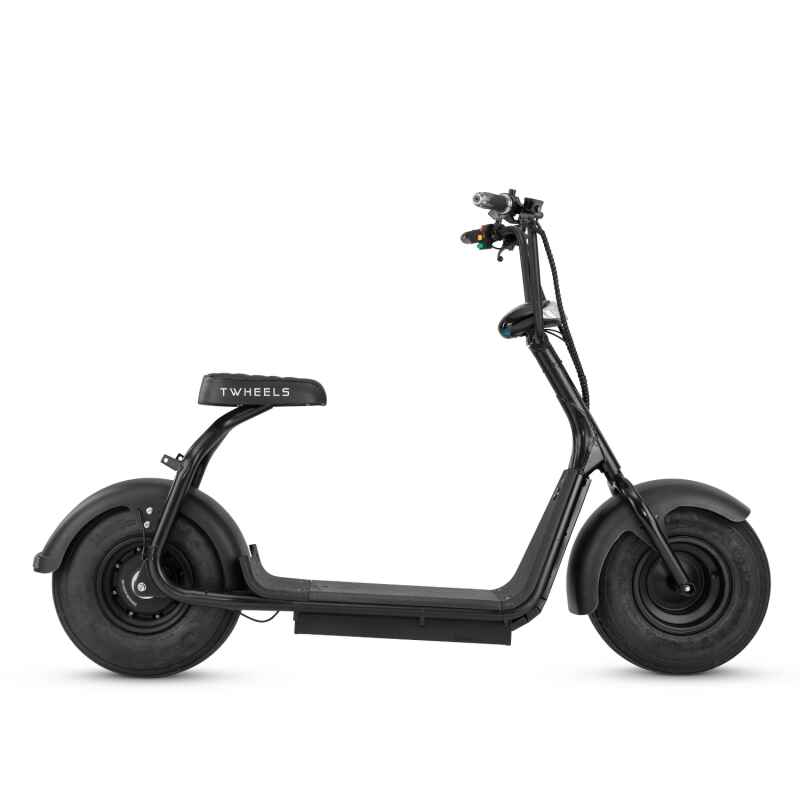
Do I need a license to drive an electric tricycle in Switzerland?
As of my last update in January 2022, in Switzerland, the licensing requirements for electric tricycles depend on their power and speed. Here is a general overview:
E-bikes and e-tricycles (pedelecs): These have an electric motor that supports the rider's pedal power. If the motor only provides assistance while the rider is pedaling and doesn't assist beyond 25 km/h (and the maximum continuous rated power doesn't exceed 250W), then it's treated like a regular bicycle. You don't need a driving license, but wearing a helmet is recommended for safety, though not mandatory.
Fast e-bikes or S-pedelecs: If the e-tricycle can go faster than 25 km/h (up to 45 km/h) or the motor provides power without the need for pedaling, then it's considered an S-pedelec. For these vehicles, you generally need:
E-tricycles exceeding the criteria above: If an electric tricycle has a more powerful motor or can achieve higher speeds than an S-pedelec, it might be classified under a different vehicle category and might require a specific type of driving license, insurance, and other obligations.
It's essential to check with local or national Swiss authorities, or a legal expert in Switzerland, to get the most current and precise information regarding licensing and other requirements. Regulations can evolve over time, and there may have been updates or changes after 2022.
Super informative article. Could take a lot for me & learn! E-scooter just ordered with you 🙂
Greetings
Martin